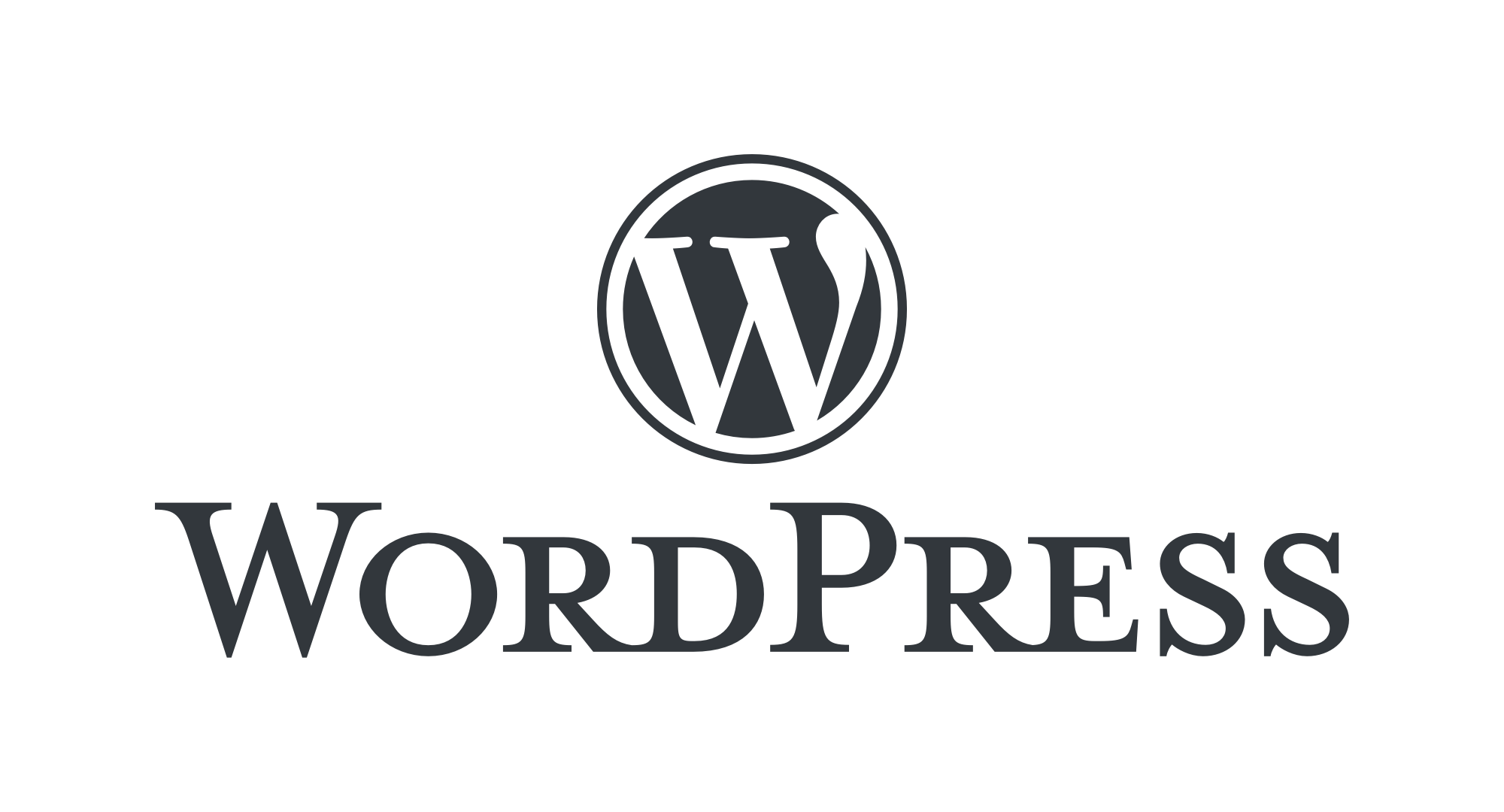
This first course sets the foundation! You’ll get a clear understanding of what it is, the different versions available, and exactly how to set it up on your own website.
Lesson 1: What is WordPress?
1.1 Overview
What Is It?
WordPress is a powerful, flexible tool that lets you create and manage your own website or blog. It’s used by beginners and experts alike to build anything from a personal blog to huge business sites.
Why Use WordPress?
It’s popular for good reason! WordPress is user-friendly, free to use (open-source), and has endless customization options. Plus, there’s a huge community of developers and users who help improve it every day.
1.2 The History
From Blogs to Business Sites
WordPress was launched in 2003 as a simple platform for blogs. Over the years, it has evolved into the world’s most popular website builder, powering over 40% of all sites online!
Community and Growth
The WordPress community is what makes it so special. Developers worldwide contribute to its code, build plugins, and offer support, making it better with each new version.
Lesson 2: Types of WordPress – WordPress.com vs. WordPress.org
2.1 WordPress.com
What It Is
It is a fully managed version of WordPress, meaning the company handles hosting, maintenance, and updates. Think of it as a “ready-to-go” website builder.
Pros
Easy to set up, less technical knowledge needed, and you don’t have to worry about hosting. Great for beginners who want a basic website quickly!
Cons
Limited customization unless you pay for premium plans, and you won’t have as much control over your site’s backend. It’s less flexible if you want advanced customizations or specific features.
2.2 WordPress.org
What It Is
This is the self-hosted version of WordPress, which you install on your own hosting. You get total control over your website and can install any themes, plugins, or custom code you like.
Pros
Freedom to customize every part of your site, use any plugin or theme, and make your site truly unique. You can also monetize it as you wish (sell products, add ads, etc.).
Cons
It’s a bit more technical and requires you to set up hosting and a domain. You’ll also be in charge of updates and security, but it’s not as tough as it sounds!
2.3 Which One to Choose?
If you’re looking for quick, easy, and straightforward, WordPress.com might be your best start.
If you’re ready to dive in with full control over your site, WordPress.org is the way to go! And remember, we’ll guide you through it in the setup lesson next.
Lesson 3: Setting Up
3.1 Choosing a Hosting Provider
What’s Hosting?
Think of hosting as renting a space on the internet for your site. Good hosting keeps your site fast and secure, making sure it’s available to visitors 24/7.
Types of Hosting
You’ll come across several options, like shared hosting (good for beginners), VPS hosting (for more control), and dedicated hosting (for big, busy websites). Many beginners start with shared hosting as it’s affordable and simple.
3.2 Choosing a Domain Name
What’s a Domain?
This is your website’s address, like “yourwebsite.com.” Your domain should be short, memorable, and represent your site or brand.
Tips for Choosing the Perfect Domain
Keep it short, make it easy to spell, and avoid numbers or hyphens if possible. Try for a .com extension, as it’s the most recognized.
3.3 Installation
One-Click Installation
Many hosts (like Bluehost, SiteGround, and HostGator) offer one-click WordPress installs. You log in to your hosting dashboard, click a button, and—voila!—your site is ready to go.
Manual Installation
If you’re feeling adventurous, you can install it manually. You’ll need to download it from WordPress.org, upload it to your server, and set up a database. It sounds complicated, but following a step-by-step guide makes it manageable.
By the end of this course, you’ll have a solid grasp of WordPress basics, understand the two versions, and even have your own site ready for customization. Get ready to launch your WordPress journey!
Comments on “Part 1: Introduction to WordPress”